The Golani, Israel's most elite brigade, suffered heavy losses when it attacked an urban area in the Gaza Strip during the 2014 battle.
The Israel Defense Forces (IDF) began an "expanded offensive" in the Gaza Strip on August 27, sending infantry, tanks, and armored vehicles to engage Hamas militants after preemptive airstrikes. The IDF has not announced the start of a large-scale ground offensive, but its infantry will likely remain in Gaza and fight for a long time.
With the world’s fourth-largest military , Israel is expected to easily overwhelm Hamas after launching a ground offensive. However, experts say the IDF will find it difficult to fully exploit its technological advantages in the urban warfare environment of the Gaza Strip, an area with narrow terrain, many high-rise buildings, and a complex underground tunnel system.
The tunnel network allows Hamas anti-tank missile batteries to move around, appearing and disappearing through secret hatches. They can sneak up behind Israeli armored formations, fire a few rounds, and then quickly retreat to safety.
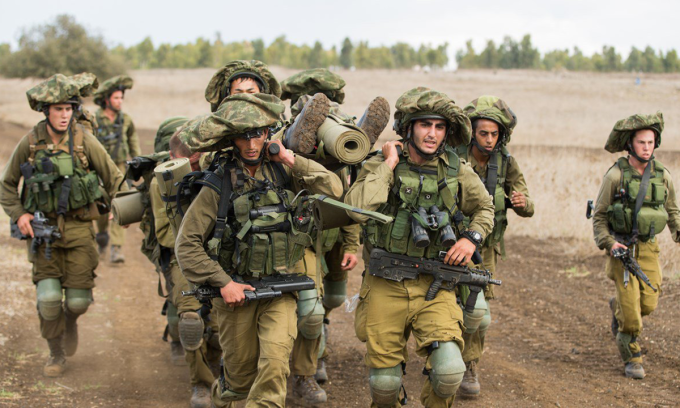
Members of the Israeli army's Golani Brigade. Photo: IDF
The Israeli military experienced this tactic during its last ground campaign in the Gaza Strip nine years ago against Hamas, and suffered heavy casualties, with an estimated 500 soldiers killed or wounded in six weeks of fighting.
Some of the fiercest fighting in the campaign took place in Shejaiya, a town of about 6 square kilometers but home to nearly 100,000 people. This is one of the most densely populated areas in the Gaza Strip and is used by Hamas as a defensive stronghold.
The battle began on July 19, 2014, more than a week after Israel invaded the Gaza Strip. The IDF's leading force was the Golani Brigade, Israel's oldest and most combat-ready unit.
Golani is one of the five Israeli army brigades, established in 1948, when the Arab-Israeli war broke out. The Golani Brigade is the IDF's most successful unit, having participated in most of the country's major military campaigns and achieved many victories. Three brigade commanders have been appointed as IDF chiefs of staff.
Led by the Golani Brigade, the first day of the offensive into the Gaza Strip went relatively smoothly. Fighting only escalated in the evening, when several Hamas gunmen suddenly emerged from tunnels to attack the Golani Brigade's vanguard advancing into the Shejaiya district.
Hamas forces had been hiding well in the tunnels all day, making it almost impossible for Israeli soldiers to determine their location. They waited for the most favorable moment to attack the Golani Brigade formation.
"The Hamas fighters were more persistent than we expected. They were also more effective against our armored forces than we expected," the IDF chief of staff later said.
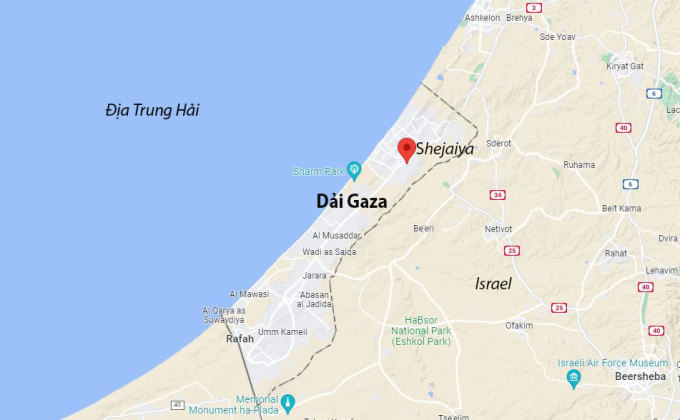
Location of Shejaiya district in the Gaza Strip. Graphic: Google Maps
Throughout the night of July 19 until the next morning, a series of small-scale clashes occurred, in which Golani Brigade soldiers supported by armored vehicles confronted about 800-900 Hamas gunmen equipped with sniper rifles, mortars and anti-tank missiles.
At around 1 a.m. on July 20, an Israeli M-113 armored personnel carrier hit a mine and lost its ability to move, forcing the vehicle commander and a soldier to get out of the vehicle to try to repair it. At that moment, Hamas fired a rocket at the immobile M-113, killing seven soldiers still in the vehicle.
Israel then sent in engineers to retrieve the bodies of the soldiers and the vehicle, in an attempt to prevent Hamas from taking propaganda photos. This effort was hampered by heavy enemy fire.
At around 5 a.m., another group of Golani Brigades clashed with Hamas gunmen, killing two Israeli soldiers. Nearly four hours later, a three-member reconnaissance team from the brigade was trapped in a burning building and all died.
Faced with the difficult situation, the Israeli command decided to order artillery and fighter jets to bomb and bomb Shejaiya, aiming to destroy all Hamas resistance forces there. The Golani Brigade soldiers were asked to hide inside Namer vehicles, the armored vehicles known as "the most solid in the world ", to avoid being affected by the airstrikes.
An unnamed US official said that 11 Israeli artillery battalions fired a total of 7,000 shells at Shejaiya, including 4,800 in the seven peak hours. Israeli F-16 fighter jets also continuously bombed the area.
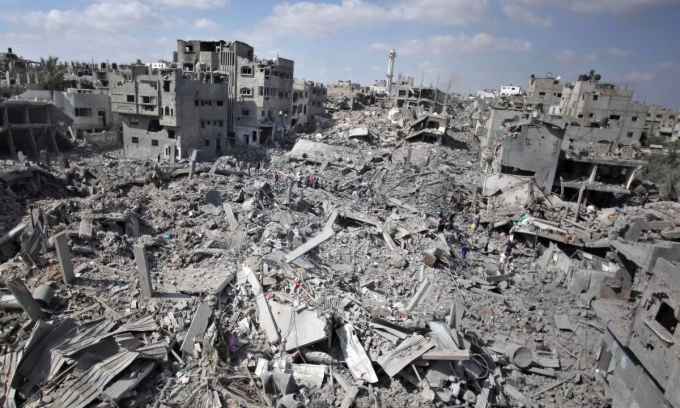
A view of the ruins in Shejaiya in this photo taken on July 26, 2014. Photo: AP
Before the battle began, Israel issued warnings asking residents to leave Shejaiya, but many remained for various reasons. This led to a series of Israeli airstrikes and artillery shelling that caused heavy civilian casualties.
According to UN figures, at least 70 Palestinians were killed in the battle for Shejaiya, only a small fraction of them Hamas members. Despite overwhelming firepower, it was not until July 23, four days after the start of the operation into Shejaiya, that the IDF took full control of the area.
Pham Giang (According to Forbes, Times of Israel, Al Jazeera )
Source link








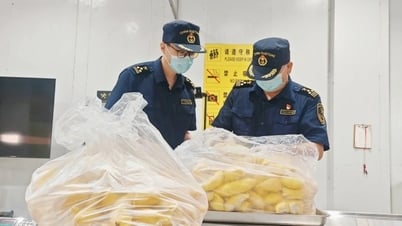
























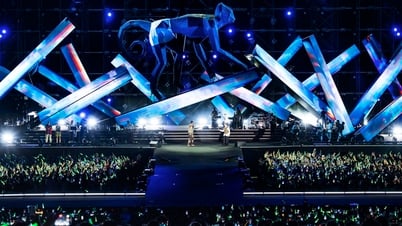





















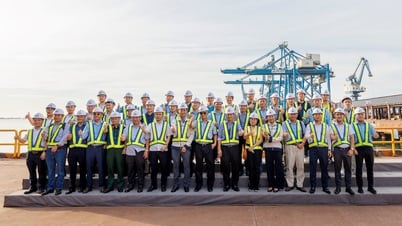







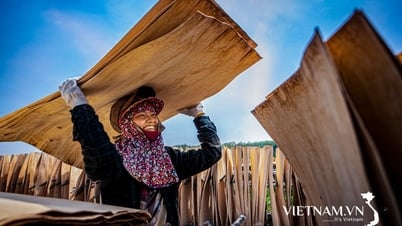





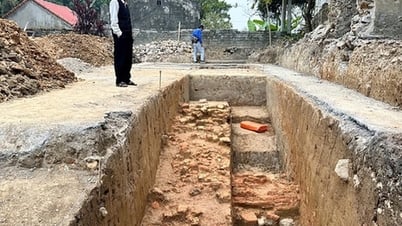
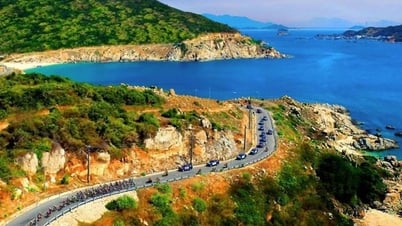

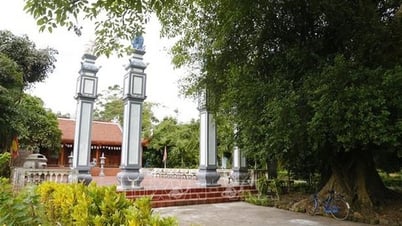




















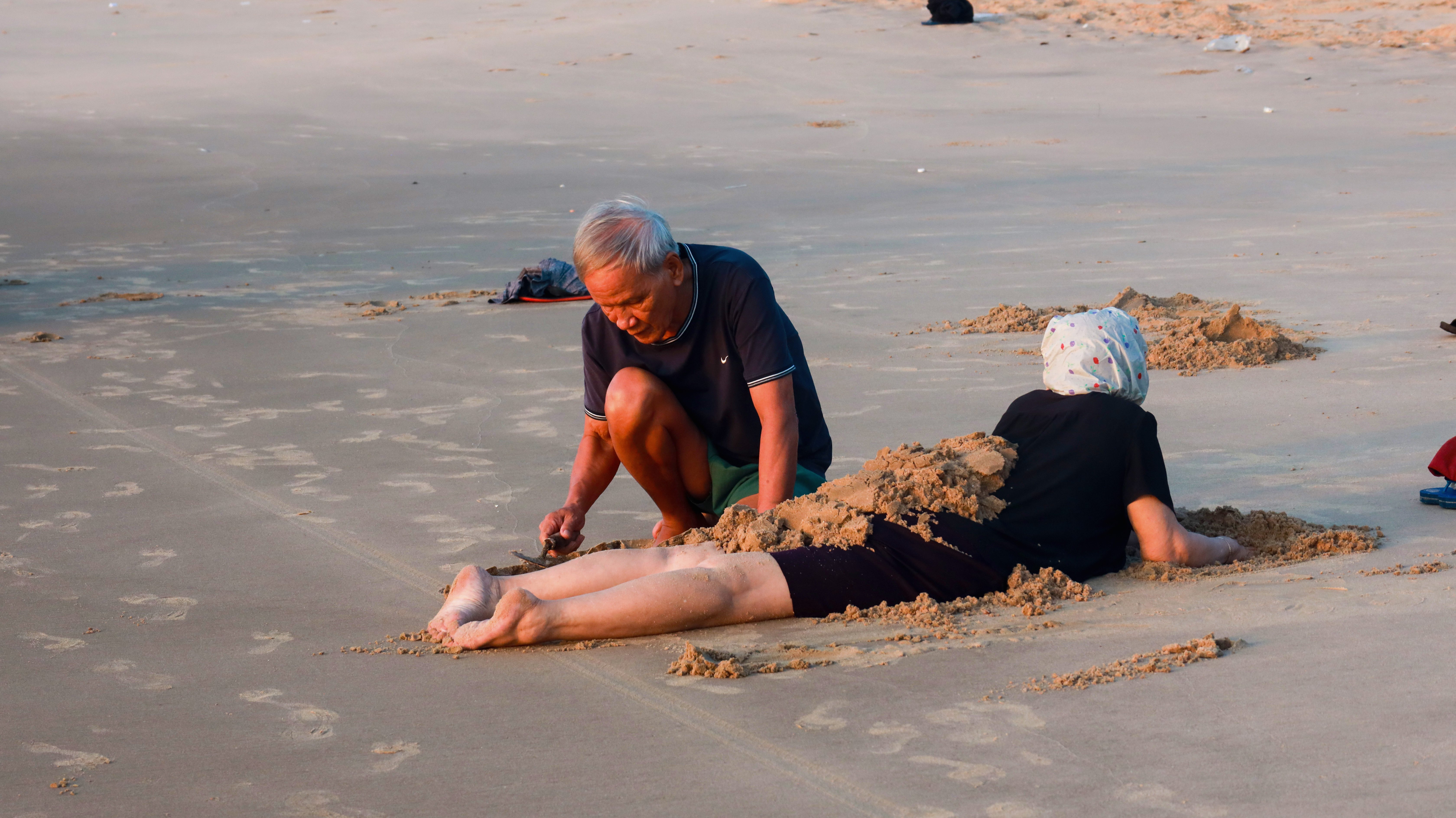



Comment (0)